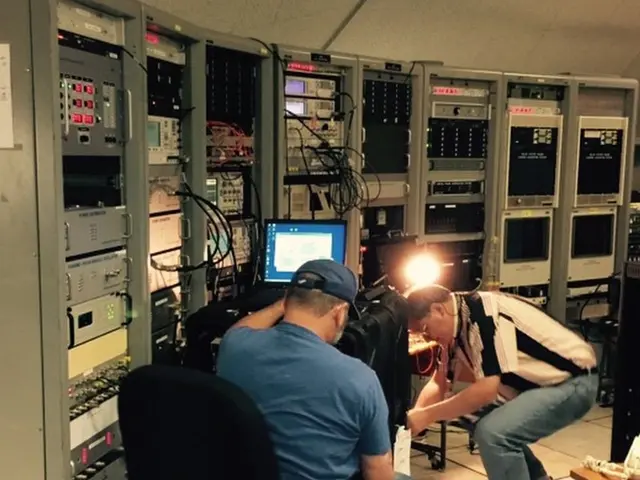Solar and Storage Systems Can Combat Energy Insecurity Among Low-Income Households
Energy-insecure households often resort to unsafe practices like setting thermostats to uncomfortable or unsafe temperatures to save energy. While these measures can significantly reduce utility bills, they come at the cost of health and safety. A recent study suggests that rooftop solar and behind-the-meter energy storage systems can offset about two-thirds of these savings, supporting energy affordability and security for low-income households.
The research, whose authors remain unidentified, highlights the potential of solar and storage systems in combating energy insecurity. These systems can help low-income households avoid unsafe energy-limiting behaviors, such as keeping homes too hot or cold. With 33.58 million U.S. households experiencing energy insecurity, prioritizing energy bills over other basic needs, the need for sustainable solutions is clear.
Traditional bill assistance programs, while helpful, are often temporary and do not address the root causes of energy insecurity. In contrast, rooftop solar and energy storage systems can provide long-term energy affordability and security. Moreover, they can help low-income households maintain comfortable living conditions. As the U.S. solar industry surpasses wind in 2025 and leaves coal behind, these systems present a viable solution for energy-insecure households.
The findings underscore the potential of rooftop solar and behind-the-meter energy storage systems in combating energy insecurity among low-income households. By offsetting significant utility-bill savings from severe energy-limiting behaviors, these systems can support energy affordability, security, and comfortable living conditions. As the U.S. solar industry continues to grow, these systems offer a sustainable and long-term solution to energy insecurity.
Read also:
- FDA's Generic Mifepristone Approval Sparks Pro-Life Concerns Over Safety and States' Rights
- Understanding Child Development: Causes and Signs of Delays
- Top Superfoods for Hormonal Health: Avocados, Berries, Flaxseeds, Turmeric, and Cruciferous Veggies
- Pope Francis' New Book 'Let Us Dream' Offers Unity and Hope for Post-Covid World





